ATYPICAL Myopathy or Sycamore poisoning is a seasonal condition of the grazing horse. The disease occurs in horses that consume sufficient quantities of the natural toxin hypoglycin A (HGA). In Ireland, seeds and seedlings from Sycamore trees (Acer pseudoplatanus) are the primary source of HGA toxin. It is therefore no surprise that disease incidence peaks in autumn and spring, related to ingestion of seeds and seedlings.
Relatively more cases occur in autumn and are attributed to ingestion of samaras. Samaras are winged fruits or ‘helicopters’, containing seeds. During years when there are a high number of cases in autumn, cases tend to be seen the following spring.
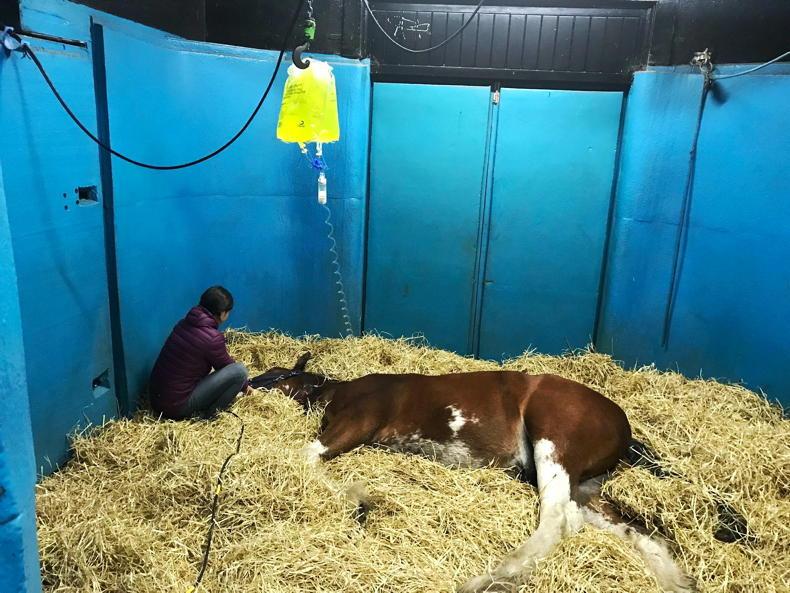



 This is a subscriber-only article
This is a subscriber-only article
 It looks like you're browsing in private mode
It looks like you're browsing in private mode




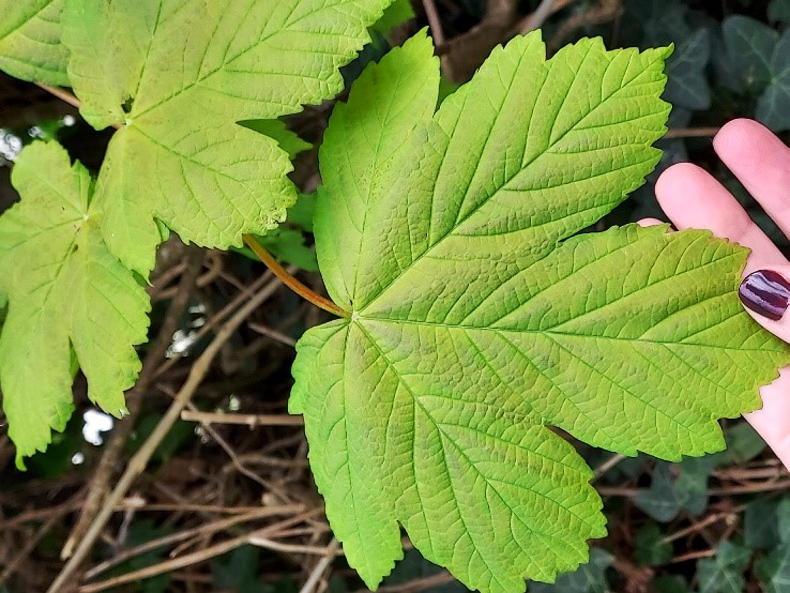

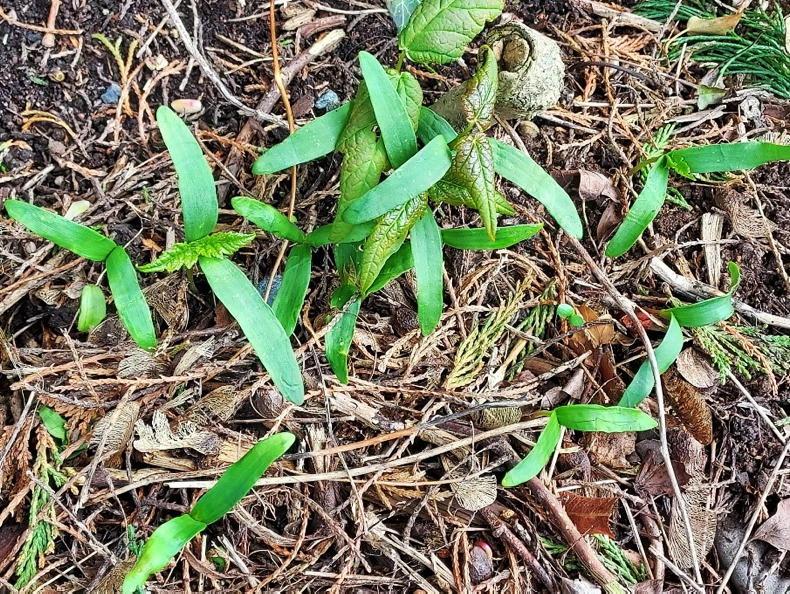


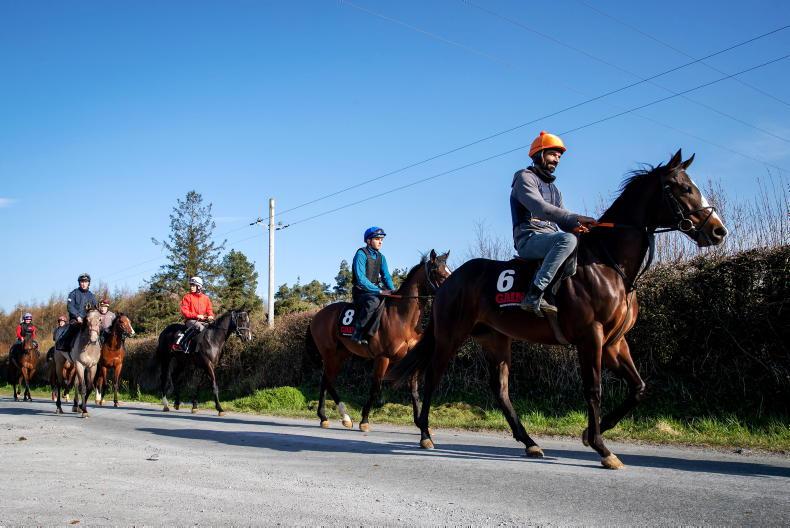
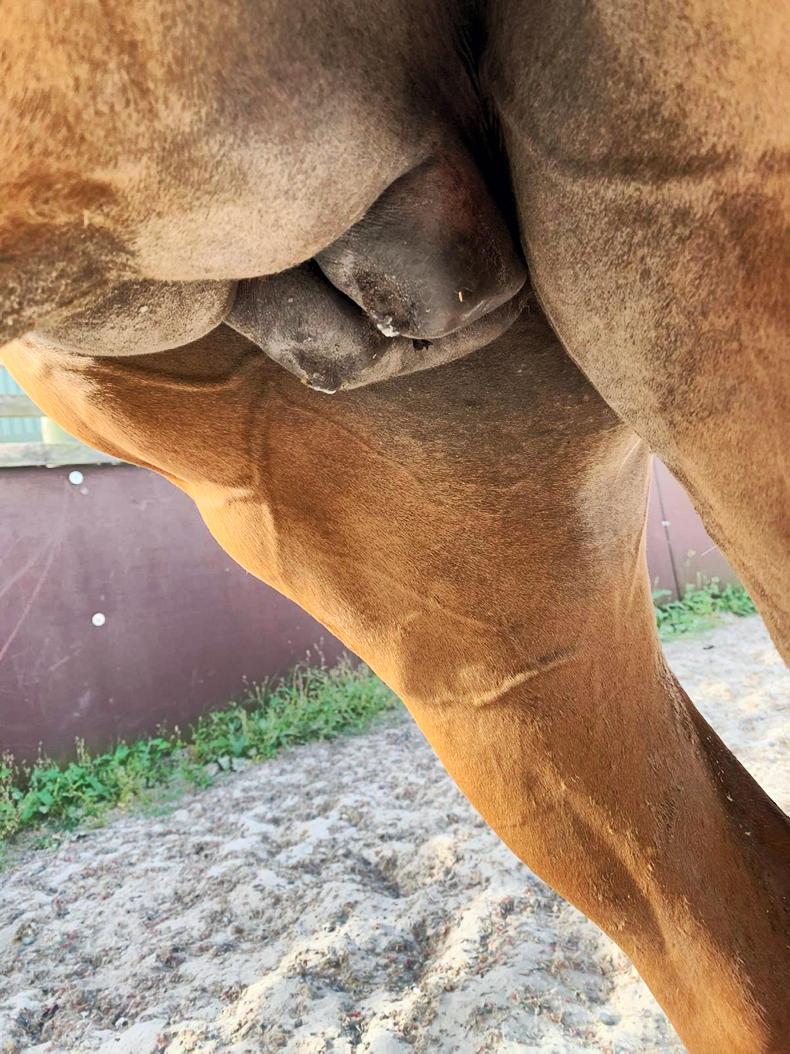
SHARING OPTIONS: